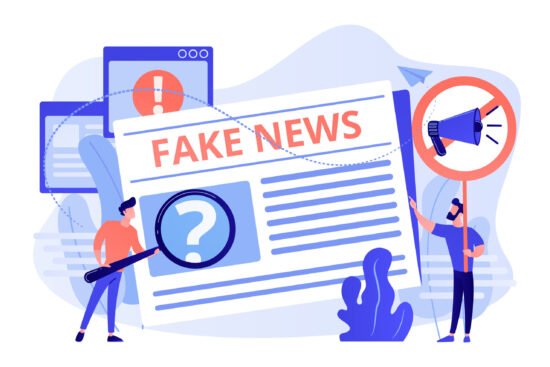In today’s fast-paced digital world, knowing ways to spot fake news is crucial. With misinformation spreading rapidly across the internet, it’s essential for everyone to learn the skills necessary to discern fact from fiction. In this blog post, we’ll highlight 7 ways to spot fake news effectively, giving you tools to evaluate news stories critically.
1. Understand the Source
The first step in identifying fake news is assessing the credibility of the source. Reliable sources often have a solid reputation, editorial standards, and a history of accurate reporting. Here are some tips:
- Check the website’s domain: Reputable news organizations often use .com, .org, or .gov endings.
- Research the organization: Look up their mission. Organizations dedicated to journalism typically provide clear information about their editorial policies.
For more information about reliable sources, visit Media Literacy Now.
2. Check the Author’s Credentials
A news article should have a byline, indicating who wrote it. Investigate this author to assess their qualifications:
- Search for other articles: Look for their previous work to determine their expertise and reliability.
- Check credentials: Consider if the author has relevant education or experience in the subject matter they are reporting.
You can use platforms like LinkedIn to find more about the author’s background.

3. Look for Evidence
A strong news article will often cite data or references to back up its claims. Here’s what to check:
- Presence of citations: Reports that do not include evidence or references to studies should be approached with skepticism.
- Quality of evidence: Reliable articles quote reputable experts, research organizations, or government data.
You can often find original studies through platforms like Google Scholar.
4. Watch for Emotional Language
Fake news often relies heavily on sensationalism to grab attention. When reading, pay attention to the language used:
- Exaggeration: Be cautious of articles that make extreme claims without evidence.
- Emotional manipulation: If the article makes you feel a strong emotion, it might be trying to influence you irrationally.
A balanced news piece tends to use more neutral language. For examples of responsible journalism, visit NPR.
5. Verify the Date and Context
The context of a piece of news can dramatically alter its meaning. Here’s how to ensure it’s relevant:
- Check the publication date: Sometimes old news can be shared as if it were current, leading to misunderstandings.
- Consider the context: Look at why the article was written and if it was in response to a specific event or situation.
Fact-checking websites like Snopes can help clarify context.
6. Cross-Reference Information
A reliable news story should be corroborated by multiple sources. To strengthen your evaluation:
- Search for the same story on multiple websites: If several trustworthy outlets report the same information, it’s likely credible.
- Check for quotes and statistics: If other articles use the same quotes or data, it enhances credibility.
You can also use tools like FactCheck.org to compare stories and verify facts.

7. Conclusion
In summary, the 7 ways to spot fake news include understanding the source, checking the author’s credentials, looking for evidence, watching for emotional language, verifying the date and context, cross-referencing information, and maintaining overall skepticism. By honing these skills, you can protect yourself and your community from misinformation.
Encourage your friends and family to arm themselves with these tools as well. Sharing accurate information and promoting media literacy is critical in combating fake news. Remember, staying informed is a shared responsibility!

